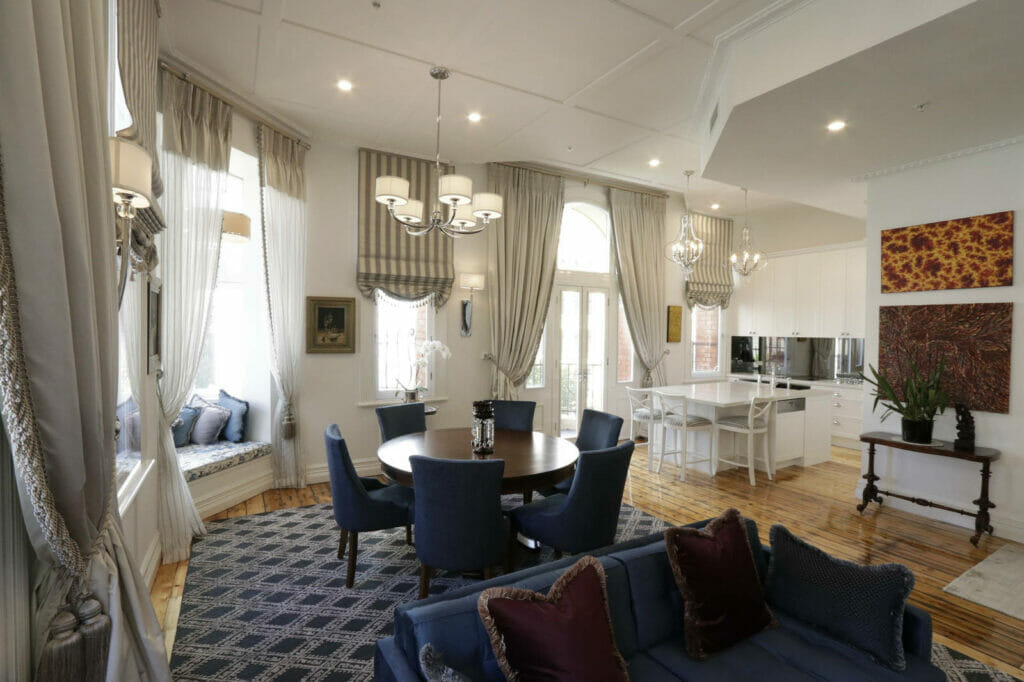When you’re weighing up “clean and calm” against “rich and expressive,” you’re really deciding where you sit on the spectrum between minimalism and maximalism. As an interior designer in Melbourne homeowners come to me at this crossroads, I help translate taste into spaces that feel effortless to live in. If you’d like steady guidance as you choose colours, textures, and key pieces, I am here to make the process clear and enjoyable.
What Minimalism Really Feels Like
Minimalism is less about owning very little and more about letting the essentials speak. Rooms feel open, light, and quietly confident. Materials do the talking, timber with a soft grain, linen with a gentle crease, stone that looks beautiful in natural light. When you live with this approach, you notice how quickly a room resets after a busy day and how easy it is to keep things looking composed. In Melbourne apartments and townhouses, this clarity often makes smaller footprints feel generous without losing warmth.
The Appeal of Maximalism
Maximalism has a different kind of ease. It welcomes layers, books, art, pattern, and colour to make space for the things you love to be out on show. Done thoughtfully, it feels collected rather than crowded, with stories everywhere you look. A sitting room becomes a conversation, a hallway becomes a gallery, and a dining space can feel like it’s ready for friends at any moment. For many Melbourne homes with character details, this approach restores personality while still feeling considered.
Which Direction Suits You?
The answer usually reveals itself when we look at how you live. If you crave a calm backdrop that helps you think and unwind, a pared-back scheme may serve you best. If you’re energised by visual interest and you enjoy curating objects, layered interiors might feel more natural. Architecture plays a role too: contemporary spaces often shine with restraint warmed by texture; period homes can carry colour and pattern beautifully. In a design consultation, we’ll walk through your rooms, talk about routines, and sketch a plan that reflects who you are, not just what’s in fashion.
Blending the Two, Naturally
Most real homes sit somewhere in the middle. You can keep the larger pieces timeless and quiet, then express yourself with art, textiles, and lighting that evolve over time. This balance lets you refresh a room without starting again and keeps the space feeling coherent. It’s also kinder on the budget: invest where it counts, add character where it’s easy to change, and let your home grow with you.
How a Designer Helps You Decide
Choosing a style is one thing; turning it into a home you love is another. This is where professional support makes the difference. Working with an interior designer helps you get into the details of what really makes a difference, how daylight shifts across a room, how circulation works, where storage should hide, and which finishes will endure. My role is to refine your taste, avoid costly missteps, and present options that feel right the first time. We’ll look at your space together, set a clear direction, and move at a pace that suits you, whether that’s a single room, a full refurbishment, or a phased plan over time.
Ready to find your style?
If you’re leaning minimalist, tempted by layers, or curious about a tailored blend, let’s talk about what will serve you best. We can explore ideas, map a simple plan, and bring it to life with calm, confident choices. When you’re ready, book a design consultation and we’ll get started.

